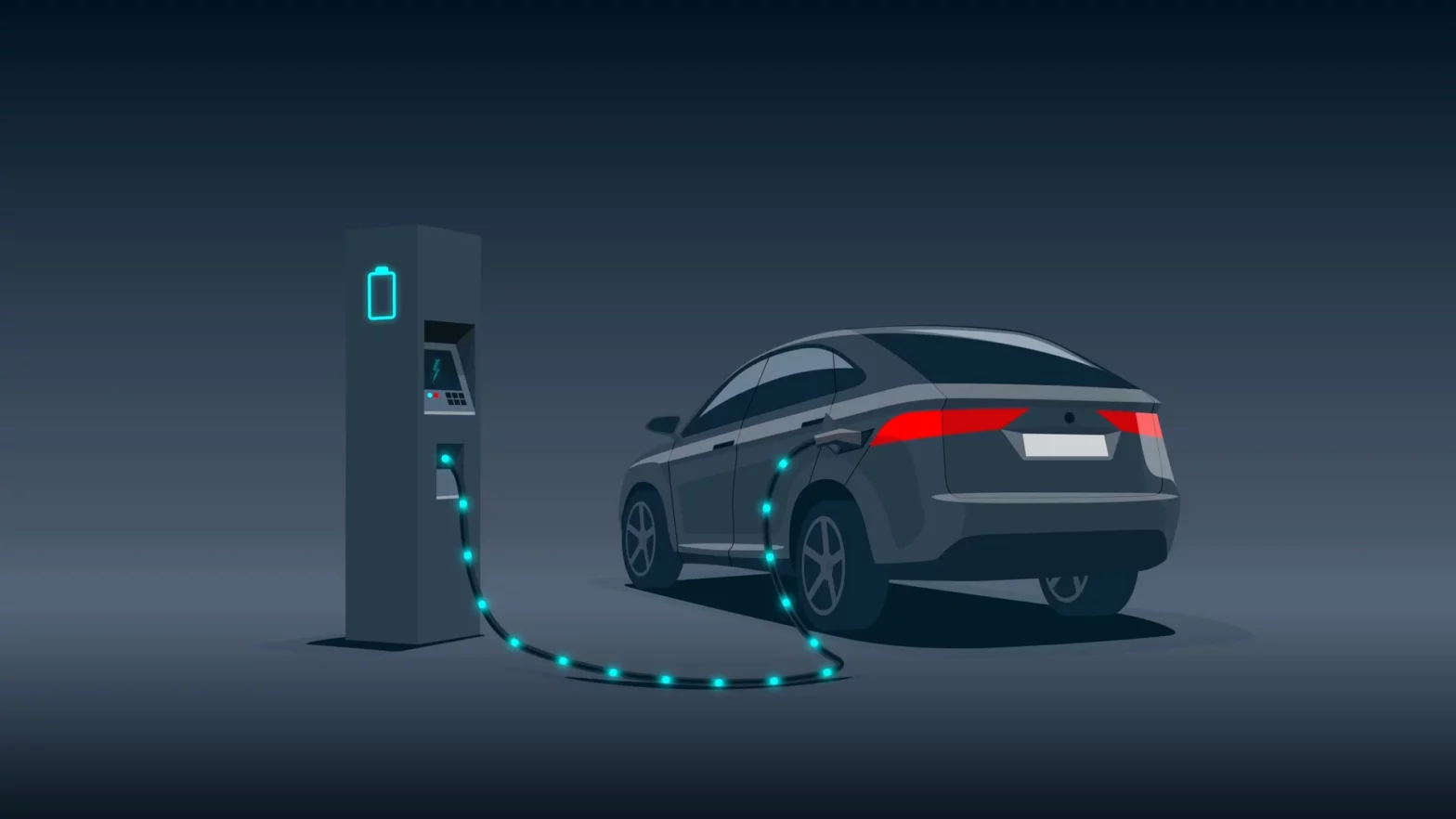WHAT IS E-MOBILITY?
As it is rightly quoted by Elon Musk, founder of Tesla Inc., “Some people don’t like change, but you need to embrace change if the alternative is a disaster”. Electric Mobility, or Electro Mobility, or E-Mobility for short, is that very change which the people shall embrace in the near future.
Let’s first study what exactly does E-Mobility signify: E-Mobility refers to the development of electric-powered Vehicles or electronic drive trains, and moving away from the traditional vehicle design that makes use of fossil fuels and oils. It encompasses fully electric vehicles (EV) and hybrid electric vehicles. EV is an automobile propelled by one or more electric motors, drawing power from an on-board source of electricity, typically batteries.
Mr. Nitin Gadkari, Minister of Road Transportation in 2017 made an announcement for the automobile industry declaring his vision for Indian roads to have 100% EV by 2030. However, keeping in mind the existing state of the automobile industry and employment concerns the Government of India (GOI) eventually diluted their plans for electric passenger cars from 100% to 30%.
Tax Incentives:
In a bid to boost EV adoption in India, the GOI has introduced numerous incentives in this year’s finance budget to generate consumer interest in EV and also attract fresh investments in EV manufacturing. The Finance Minister recently announced income tax rebates of up to INR 150,000 to customers on interest paid on loans to buy EVs, with a total exemption benefit of INR 250,000 over the entire loan period.
Post budget, the goods and services tax council proposed to reduce taxes on EVs to the lowest slab of 5% from 12%. The tax on EV chargers has also been reduced to 5% from 18%. Manufacturers of EV have been pushing for a reduction in the GST rates for a long time, considering that the EV industry is still at a nascent stage. With respect to the import of completely built-up EV, the customs duty of 60% / 100% is charged depending upon the price and size of the engine. However, for a pre-assembly version of an EV, the GOI has lowered custom duties on parts and components imported for assembly to 10 to 15 percent from 15 to 30 percent. Indian policymakers have consistently expressed their intention to make India a global hub of manufacturing of EV by encouraging local manufacturing of components under the Make in India initiative.
State-Level Policies:
To incentivize the use of EV/hybrid vehicles and with the intention to expand their manufacturing base, multiple state governments have taken various initiatives to attract global EV manufacturers to set up manufacturing plants within the states. They have also come out with both monetary and non-monetary incentives such as affordable power tariffs to fast track adoption of EVs, affordable charging etc. The EV policies of some states are discussed below.
- New Delhi has attracted global attention for being one of the most polluted cities in the world. The New Delhi EV policy seeks to promote the rapid adoption of battery EVs so that they contribute to 25 percent of all new vehicle registrations by 2023.
- Through its EV policy, Maharashtra aims for the creation of a dedicated EV charging infrastructure through subsidized investment. Petrol pumps will be allowed to set up charging stations freely, subject to regulations.
- Uttar Pradesh to provide 100 percent road tax exemption on EVs purchased within the state.
- Andhra Pradesh shall reimburse 100% net SGST for a period of 5 years to small industries, 7 years for medium industries & 10 years for large industries. This reimbursement will be limited to 100% of Capex or for the period stated, whichever is earlier. Furthermore, 100% of stamp duty and transfer duty paid by the industry on purchase or lease of land meant for industrial use will be reimbursed.
Way Forward:
On the economic front, large-scale adoption of electric vehicles is projected to help save$60 billion on oil imports by 2030 – currently, 82% of India’s oil demand is fulfilled by imports. The price of electricity as fuel could fall as low as Rs 1.1/km, helping an electric vehicle owner save up to Rs. 20,000 for every 5,000kms traversed. Finally, electrification will help reduce vehicular emissions, a key contributor to air pollution which causes an average 3% GDP loss every year.
However, GOI will also have to keep in mind the current slowdown in the overall automobile industry and accordingly rationalize its policy implementation. Therefore, it must not take any decision which pushes the manufacturers into red and damages an efficient component supply chain given the potential impact it may have on employment generation. At the same time, it cannot afford to delay the steps required to upkeep the environment and tackle air pollution.
We would love to hear your suggestions on our article.
For professional guidance on factors influencing plant locations and entity type, please do not hesitate to contact us at +91 9757135306 or at info@bhaskara.in.
Research & Publishing Team:
CA Hitarth Sheth (Partner at BCG)
Aakash Kukreja (Intern at BCG)

